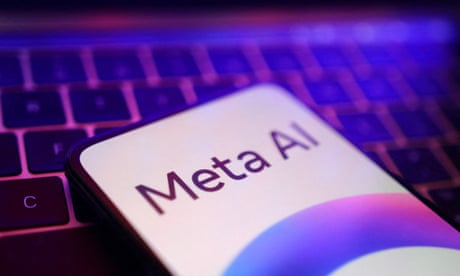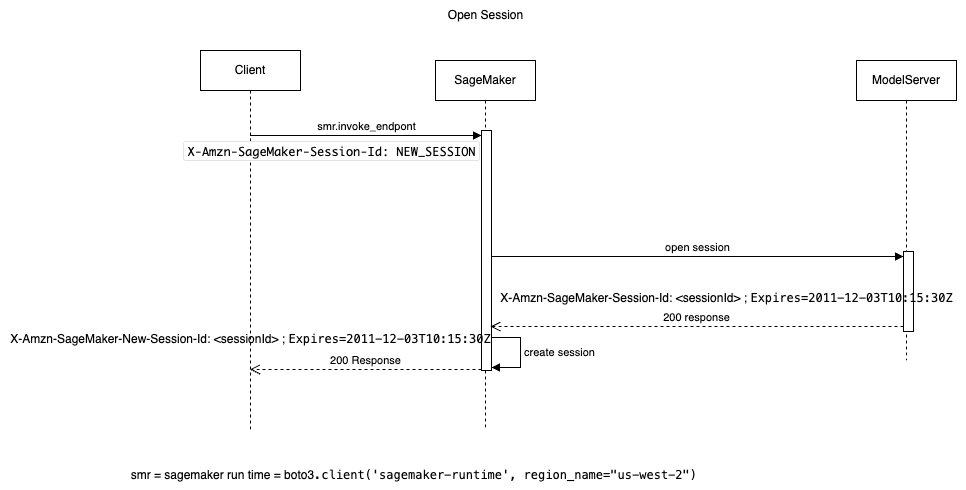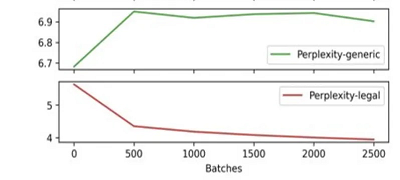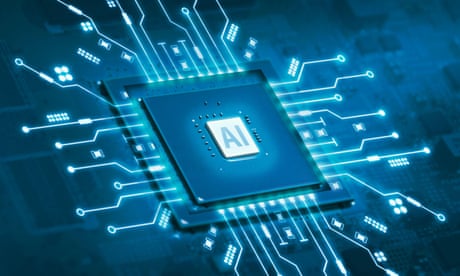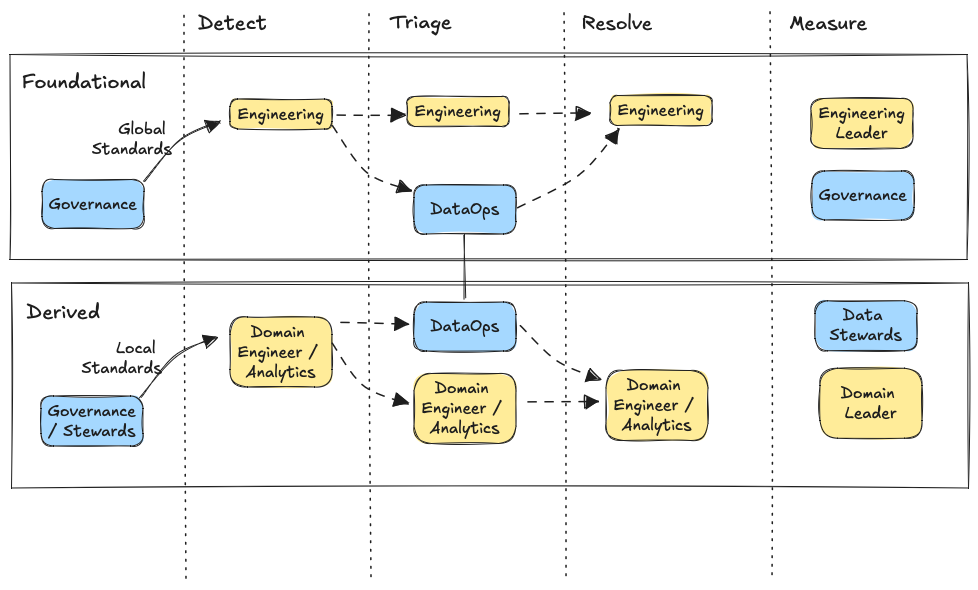Meta defies EU privacy laws by moving forward with using UK Facebook and Instagram posts to train AI, despite concerns from the Information Commissioner's Office. The collision course with the EU highlights the ongoing battle between tech firms and regulators over user privacy.
Amazon SageMaker offers fully managed ML services for building, training, and deploying models. Sticky session routing improves performance by reusing previously processed information, reducing latency for generative AI applications.
GenAI technology faces challenges with large documents in document summarization. RAG architecture offers solutions, but 'Lost in the Middle' context issues persist.
Meta and Waymo introduce Transfusion model combining transformer and diffusion for multi-modal prediction. Transfusion model uses bi-directional transformer attention for image tokens and pre-training tasks for text and image.
AI image generator Flux recreates handwriting, sparking ethical questions and emotional connections. A unique way to preserve personal memories and celebrate loved ones.
Thomson Reuters utilizes AI/ML to enhance professional information products, including cutting-edge LLMs for tailored customer experiences. Challenges include hallucinations, quality, and speed/cost limitations of existing LLMs in the AI-augmented world.
Wikipedia needs young editors to combat AI reliance and maintain relevance in knowledge sharing. The platform's visibility diminishes as it becomes a mere source for AI applications, hindering reader engagement and potential contributions.
Iron Mountain handles media industry vault archiving, finding 20% of 1990s hard drives unreadable. Music industry faces complex archiving challenges on spinning disks, prompting a call to action from Iron Mountain's global director.
OpenAI introduces "Strawberry" AI models for solving complex problems by breaking them down into logical steps, outperforming other AIs in science, coding, and math. These models excel at reasoning through difficult tasks, offering a promising solution for challenging problems.
Researchers discover AI can change believers' minds on conspiracy theories, challenging conventional wisdom. Chatting with AI proves effective in altering mistaken beliefs, offering hope for combating dangerous misinformation.
International writing org angers community by seemingly supporting AI use, causing resignations. NaNoWriMo controversy highlights debate on AI in creative writing, sparking classist and ableist concerns.
Taylor Swift endorses Kamala Harris for President, citing AI deepfake concerns. Misinformation fears sparked by AI-generated images of Swift endorsing Donald Trump on Truth Social.
Enterprise data professionals often wonder "who does what" in data quality programs, highlighting the importance of detection, triage, resolution, and measurement in a relay race-like process. Aligning around valuable data products, such as foundational and derived data products, is key for modern data teams in larger organizations to ensure data quality success.
TechOps involves managing IT infrastructure & services. AWS generative AI solutions enhance productivity, resolve issues faster & improve customer experience. Generative AI helps with event management, incident documentation, and identifying recurring problems in TechOps.
Alternative to Market Basket Analysis for high-value patterns, focusing on item co-occurrence in transactions for optimization strategies in retail and marketing. Frequent Itemset Mining finds patterns by calculating support, but limitations include not considering item quantity and relevance.

